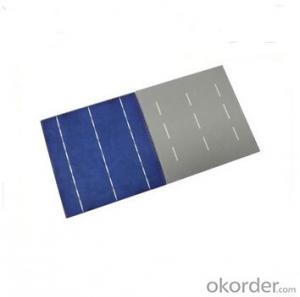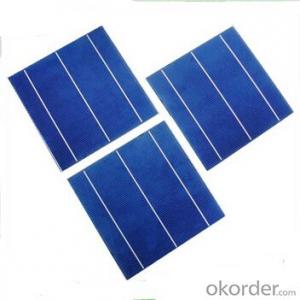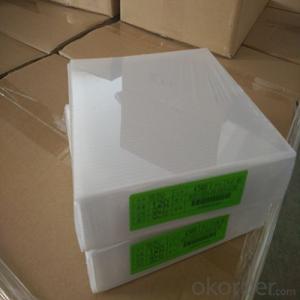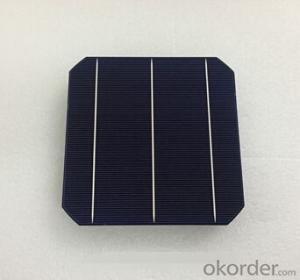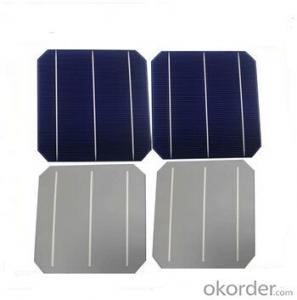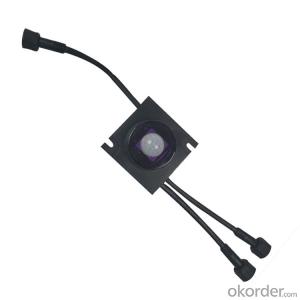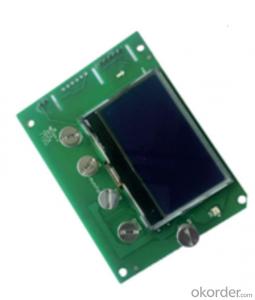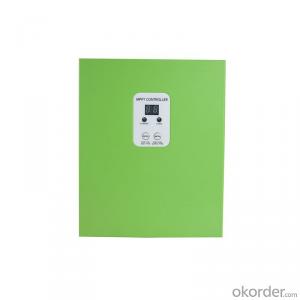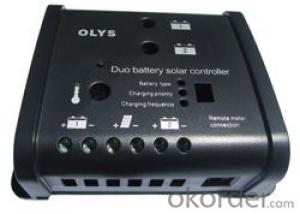Rv Solar Cells
Rv Solar Cells Related Searches
Except For Solar Cells Weegy Problems With Solar Cells High Power Solar Cells Light Trapping In Solar Cells High Performance Solar Cells High Output Solar Cells High Wattage Solar Cells Energy Transfer In Solar Cells High Efficiency Hvac Systems Recombination In Solar CellsHot Searches
Cheap Solar Cells For Sale Flexible Solar Cells For Sale Q Cells Solar Panels For Sale Printed Solar Cells For Sale Bulk Solar Cells For Sale 6x6 Solar Cells For Sale Broken Solar Cells For Sale Cpv Solar Cells For Sale Photoelectric Cells For Sale Price Of Silicon Solar Cells Price Of Solar Cells Over Time Buy Solar Cells From China Cheap Solar Cells China Best Type Of Solar Cells Flexible Solar Cells Price Q Cells Solar Panels Price 3 Types Of Solar Cells Production Of Solar Cells Common Types Of Solar Cells Q Cells Solar Panel PricesRv Solar Cells Supplier & Manufacturer from China
Okorder.com is a professional Rv Solar Cells supplier & manufacturer, offers integrated one-stop services including real-time quoting and online cargo tracking. We are funded by CNBM Group, a Fortune 500 enterprise and the largest Rv Solar Cells firm in China.Hot Products
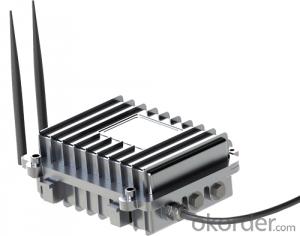
Internet of Things Wireless Centralize Controller Remote Monitor System MPPT Solar Charge Controller
FAQ
- Solar panels connected to a battery management system can indeed utilize a solar controller. The solar controller, also referred to as a charge controller, is specifically designed to regulate the charging process of solar panels connected to a battery. Its main purpose is to ensure an efficient charging process for the battery while safeguarding it against overcharging or excessive discharge. On the other hand, the battery management system is responsible for monitoring and controlling various aspects of the battery's performance, such as temperature, voltage, and current. While the battery management system focuses primarily on the battery itself, the solar controller manages the charging process from the solar panels to the battery. Consequently, these two systems can work seamlessly together, providing an optimized and secure charging solution for solar panels that are connected to a battery.
- Yes, a solar controller can be used with PWM (Pulse Width Modulation) technology. PWM technology is commonly used in solar charge controllers to regulate the charging of batteries by varying the width of the charging pulses. This helps to maintain a steady and efficient charging process, extending the lifespan of the batteries.
- The purpose of the low voltage disconnect feature on a solar controller is to protect the batteries from over-discharge. When a battery is discharged below a certain voltage level, it can cause irreversible damage and significantly reduce its lifespan. The low voltage disconnect feature monitors the battery voltage and disconnects the load, such as appliances or devices, from the battery when the voltage drops below a predetermined threshold. This helps to prevent the battery from being drained too much and ensures that it retains enough charge for proper functioning and longevity. By disconnecting the load, the low voltage disconnect feature helps to safeguard the battery and optimize its performance in a solar power system.
- Yes, a solar controller can be used with a solar-powered sports facility. A solar controller helps regulate and monitor the flow of electricity from the solar panels to the facility, ensuring optimal performance and efficiency. It helps manage the charging and discharging of batteries and protects the system from overcharging or overloading. Therefore, using a solar controller is essential for a solar-powered sports facility to effectively harness and utilize solar energy.
- Yes, a solar controller typically has a built-in light sensor. This sensor helps to detect the level of sunlight and adjust the charging or discharging of the battery accordingly.
- Yes, a solar controller can be used with a solar-powered airport or seaport. A solar controller regulates the flow of energy from solar panels to the batteries or electrical grid, ensuring optimal performance and preventing damage. It is an essential component in managing and maximizing the efficiency of solar power systems, making it compatible and beneficial for use in solar-powered airports or seaports.
- Yes, a solar controller can be used with solar-powered greenhouse ventilation systems. A solar controller is designed to regulate and optimize the charging and discharging of batteries in solar systems, including those used in greenhouse ventilation. It helps manage the flow of solar power to ensure efficient operation of the ventilation system and prevent overcharging or undercharging of the batteries.
- The role of a solar controller, also known as a charge controller, is crucial in safeguarding solar panels from hail or storm damage. Its primary function is to regulate the flow of electricity from the panels to the battery bank or grid, ensuring optimal charging and preventing overcharging or overvoltage. When hail or storm events occur, the solar controller acts as a protective barrier between the panels and the external environment. It effectively minimizes the risks associated with hail or storm damage through various mechanisms: 1. Voltage Regulation: By monitoring and regulating the voltage output, the solar controller immediately detects and regulates any excess voltage caused by hail or storm-induced power fluctuations. This prevents overloading of the panels and potential irreversible damage. 2. Overcurrent Protection: In the event of a storm, heavy winds or debris may cause electrical surges or short circuits. The solar controller includes mechanisms to detect abnormal current flow and instantly disconnects the panels from the battery or grid, preventing damage to the panels or other components. 3. Surge Protection: Hail or storm events often bring power surges or voltage spikes. Solar controllers typically have built-in surge protection features to safeguard the entire system from these voltage fluctuations. This protection prevents damage to the sensitive electronic components of the panels, ensuring their longevity and uninterrupted performance. 4. Temperature Monitoring and Protection: Extreme weather conditions during hail or storm events can lead to rapid temperature fluctuations. Solar controllers ensure that the panels operate within a safe temperature range. They monitor the panel temperature and take measures such as reducing the charging rate or temporarily shutting down the system if the temperature exceeds the safe limit. By preventing overheating, the solar controller helps extend the lifespan of the panels. In summary, a solar controller plays a vital role in protecting solar panels from potential hail or storm damage. It regulates voltage, prevents overcurrent, provides surge protection, and monitors temperature to ensure optimal operation and longevity of the panel system.
















